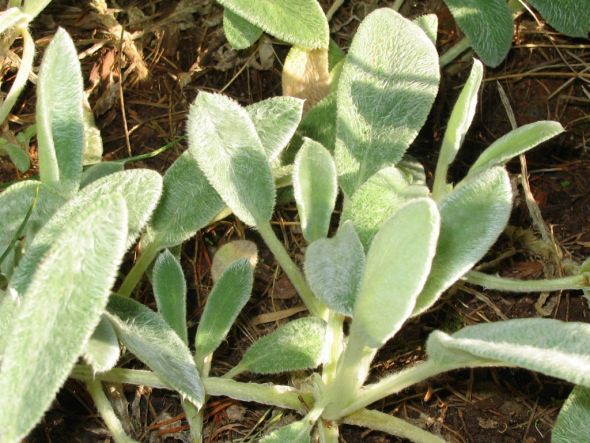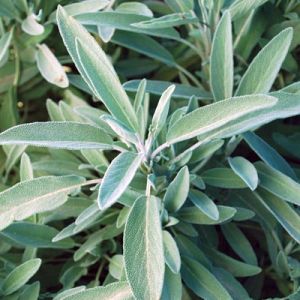“If you don’t have any of this important medicinal plant growing around your home yet, get some. If you can’t find any plants locally, buy some seeds and grow them yourself. It’s super easy, and much cheaper that way anyways.” The Prepper Project

As I work on turning this one acre homestead into a self-sustaining Garden of Eden, I have two requirements for every single plant I consider putting in the ground: they must be either edible or medicinal. Preferably both.
Why? Because frankly I don’t have money or space to waste on frivolous landscaping. Everything from the plants to the animals must have a purpose.
More and more people are beginning to see the benefit of having a garden and growing your own food, but growing your own medicine could be equally as vital to your well being. What would you do if you couldn’t get the medical supplies or help you needed for a very long time? How would you manage?
As I plan my medicinal garden, I choose what to grow by studying different medical emergency scenarios and learning which plants I would be able to use if it ever came down to that.
One day as I was doctoring up one of my kiddos, the thought crossed my mind, “What if I couldn’t get any more of these band-aids? What could I use?” This question prompted me to delve into my herbal books and scour the internet for an answer. And I found a good one. Wooly Lamb’s Ear.
It’s one of my favorites because it’s medicinal AND edible.

